The Luxurious Turn of the ’70s: Setting the Stage for Off-Road Elegance
As the global economy soared in the 1970s, off-road vehicles began to adopt a higher degree of sophistication. Stepping into the 1980s, the narrative of off-road vehicles unfolded a curious chapter, where the foundations of our familiar urban SUVs were being slowly nurtured amidst the decade’s tides.
The ’80s: A Rational Shift in Consumer Demands
Following the economic surge of the ’70s, vehicles from Asia, particularly Japanese models, began to secure their foothold in North America, praised for their fuel efficiency and durability against the backdrop of the oil crisis. The ’80s heralded a more nuanced consumer judgment toward automotive products, embodying rationalism in choices and expectations.
Mercedes-Benz G-Class: A Trailblazing Arrival
A milestone in the ’80s was the remarkable debut of the Mercedes-Benz G-Class. Unlike its luxurious descendants today, the debut of ‘the G’ introduced a new lifeblood into the three-decade post-war development lineage of off-road vehicles, which bore ancestral connections to the Willys Jeep. Mercedes-Benz G-Class, however, broke away from this lineage, benchmarking new standards of sophistication reminiscent of the earlier bucket car designs, featuring similarly flat body panels and refined appearances.

The G-Class and Beyond: Traditional Off-Roading Meets Refinement
The introduction of the G-Class can be viewed as the zenith of sophistication in the segment of traditional short-wheelbase off-road vehicles. An important shifts was noticed in the ’70s as off-road vehicles with longer wheelbases and hard tops came to the fore, while traditional short-wheelbase, soft-top variants became a niche offering. Automobile manufacturers then briskly expanded their product lines to adapt to this trend. Toyota’s Land Cruiser, for instance, saw a parallel development of its short-wheelbase LC40 series and its luxurious long-wheelbase offshoot in the ’80s.
The Rise of Luxury: Toyota Land Cruiser’s Pivotal LC60
In 1980, following the well-received LC50 series, Toyota introduced the new LC60 series. This model represented a significant turn towards luxury and sophistication for the Land Cruiser family. Embracing the ’80s design ethos, the LC60 adopted a more modern aesthetic, with a cohesive front end and improved coverage of traditional mechanical components. Attention to NVH (noise, vibration, and harshness) and sealing aspects, not widely considered before, were now amplified.
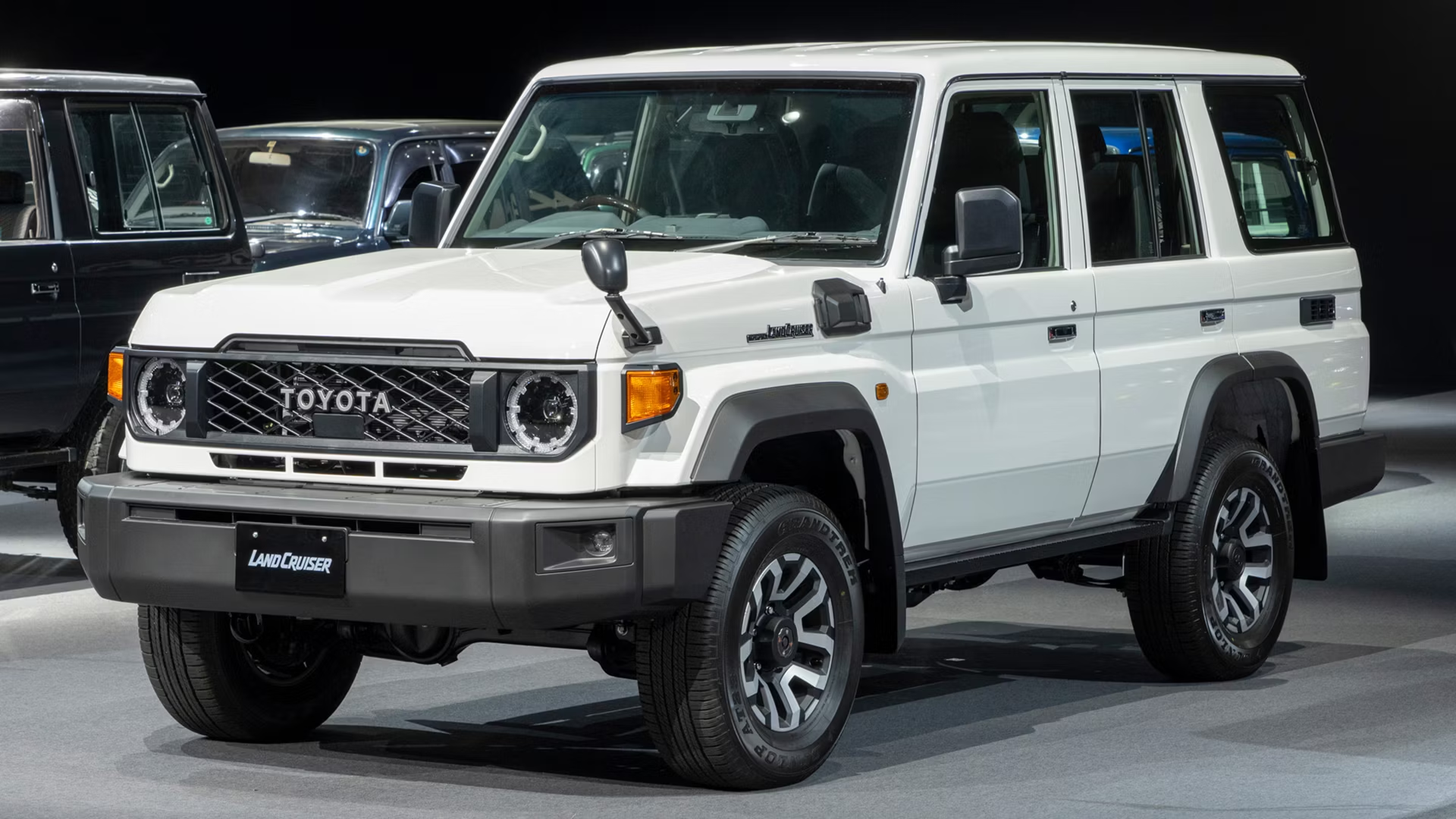
Creating a Legacy: The Longevity of the Legendary LC70 Series
Just four years after the LC60’s launch, one of Land Cruiser’s most legendary and enduring models took the stage—the LC70 series, unveiled in 1984. As a torchbearer of the short-wheelbase off-road heritage, the LC70 excelled in performing under demanding endurance conditions. Toward the late ’80s, the LC70 branched out further into the Prado series—lighter and narrower, catering to more urban requirements.
The LC80’s Integration of Luxury and Functionality
By 1989, a crucial landmark model emerged: the Land Cruiser LC80. It seamlessly blended luxury features with traditional off-road utility—a first in the market. The LC80 positioned comfort, durability, and off-road prowess on equal footing, signaling a bifurcation in the off-road segment between utilitarian and passenger-oriented models.
A New Equilibrium in Performance and Comfort
The LC80’s introduction brought equilibrium to the Land Cruiser family. Driven by Toyota’s innovations, the ’80s were marked by rapid growth across the Japanese automaking industry, leading to swifter model renewal cycles and more pronounced iterations. Mitsubishi’s Pajero and Nissan’s Patrol followed suit, mapping their growth trajectories parallel to Toyota’s.




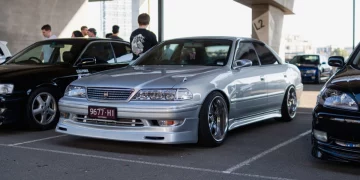

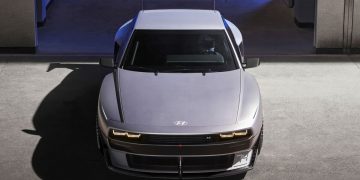

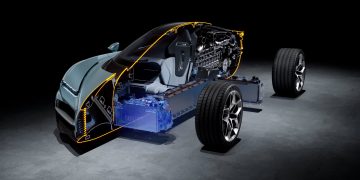












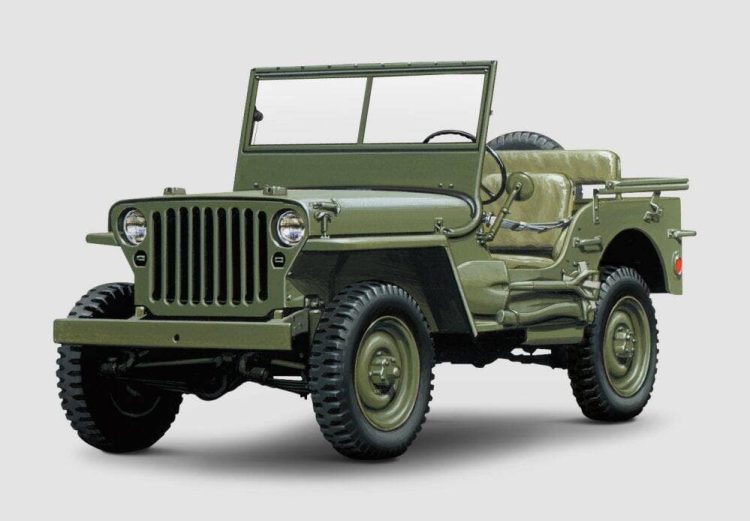












Discussion about this post